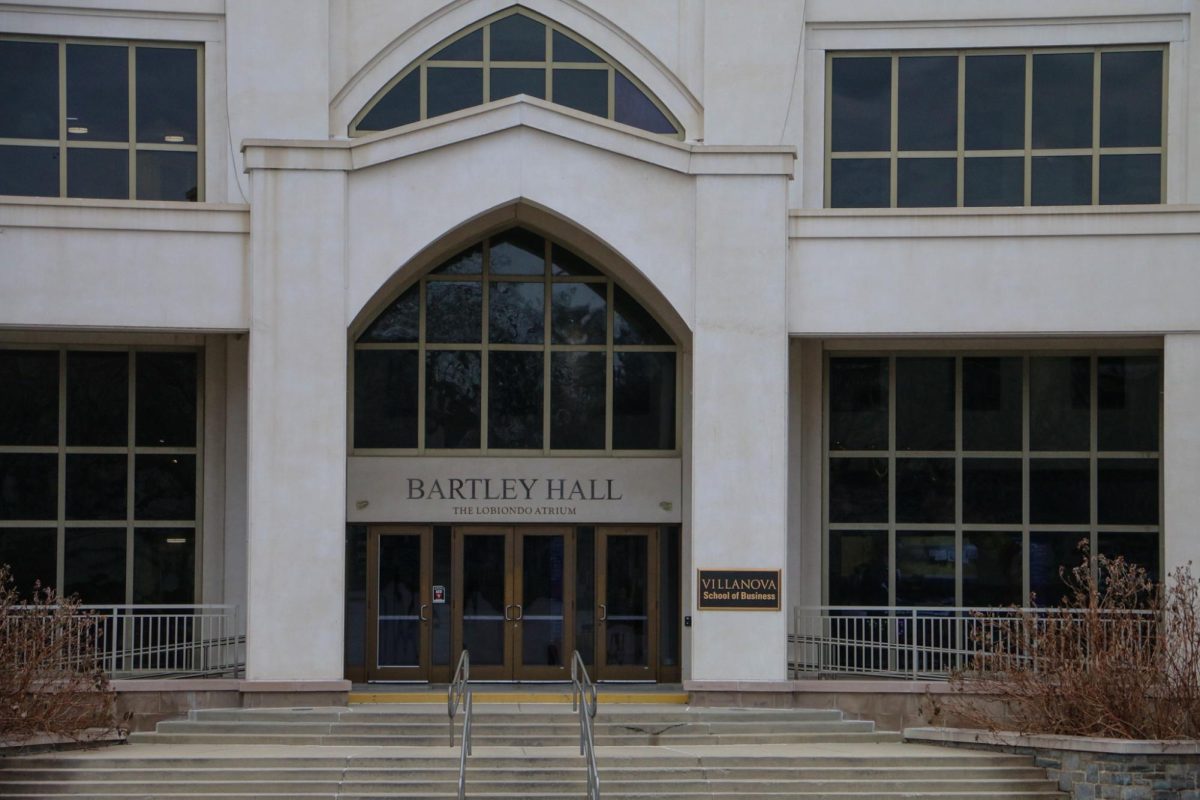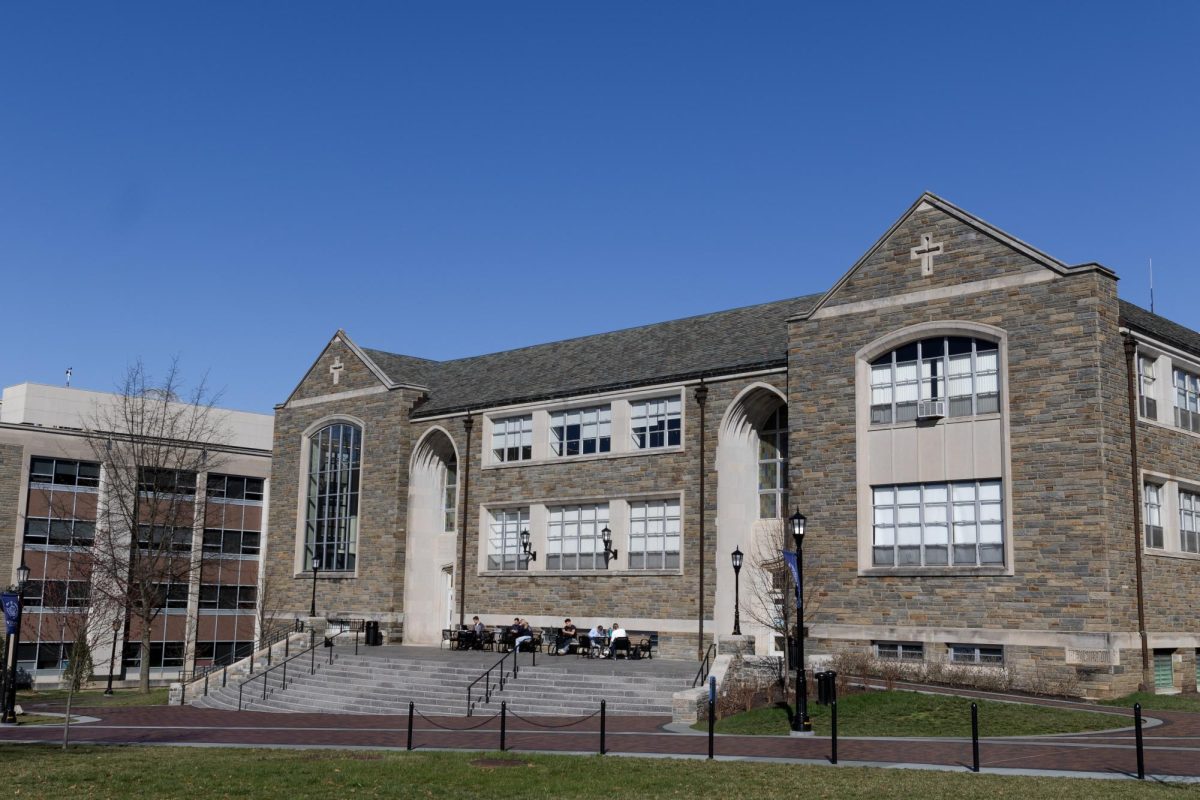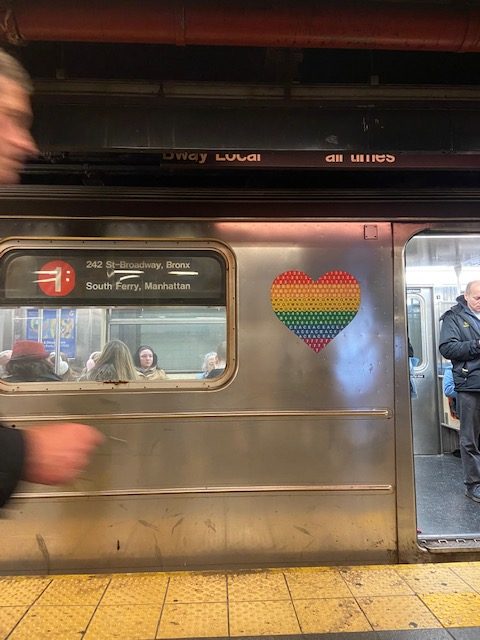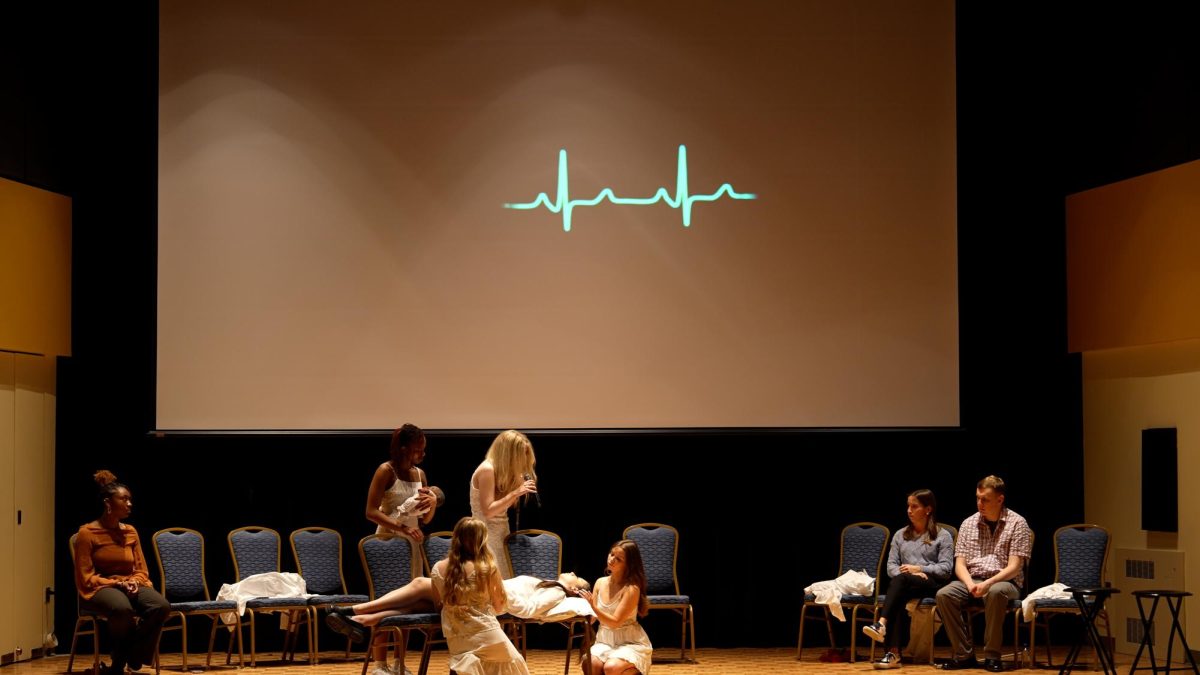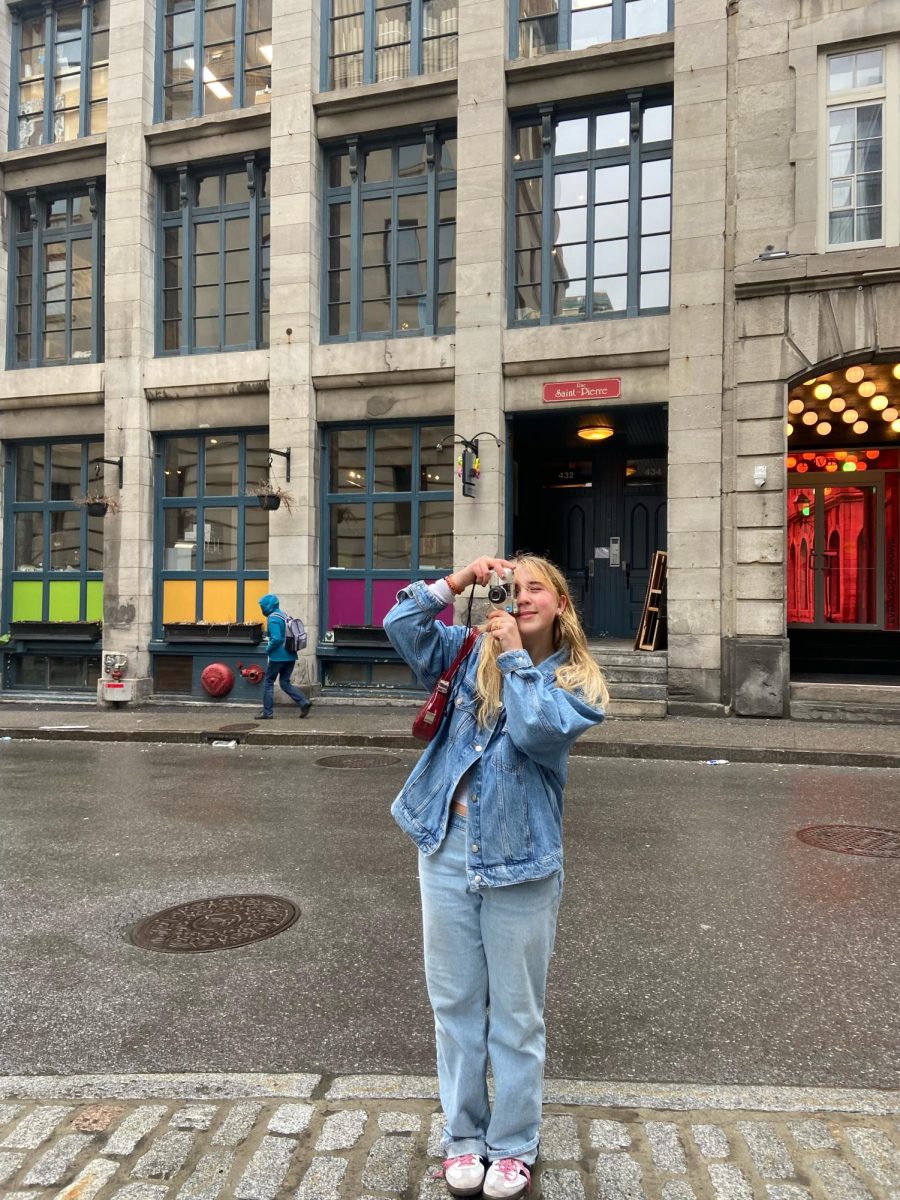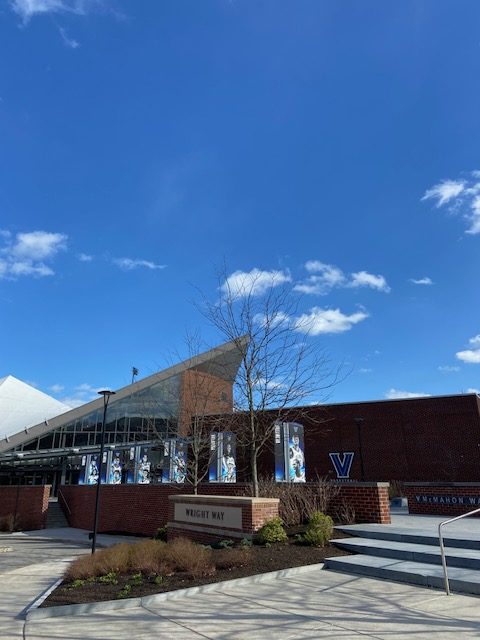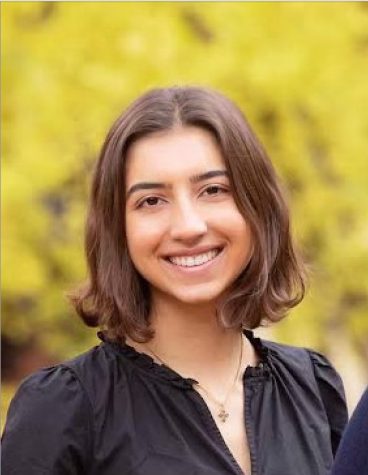On April 3, the Office of Diversity, Equity and Inclusion for the Villanova School of Business presented the final event of its Spotlight Speaker Series. Jeremiah Stinnett M.Ed. was welcomed in the Curley Exchange to give a version of his TedTalk “Don’t Erase Me: The Modern Arab-American.” Stinnett has worked at multiple universities in student life and programming capacities and is currently the Program Lead of Dallas College’s Male Achievement Program.
To begin his talk, Stinnett discussed the idea of being a fourth-generation Arab-American. This is a difficult dichotomy, as Stinnett grew up in Oklahoma very assimilated into American culture, yet still wanted to value his Lebanese roots despite the distance. In order to further explain his family lineage, Stinnett told the story of his great-grandparents, who emigrated to the US in order to avoid their respective arranged marriages after falling in love with each other. They settled in a large Lebanese community, the same one Stinnett grew up in. His family deeply valued education. Stinnett emphasized this by talking about his grandmother, who was a co-founder of the Department of Human Relations at Oklahoma University with Dr. George Henderson, the same department Stinnett would graduate with a bachelor’s degree from.
Stinnett, who clearly deeply values his family, shared that he is one of seven siblings, which he attributed to the beauty of opportunity and the bravery that his great-grandparents had passed down to their children. His reasoning for sharing all of these personal stories is that he believes “culture is history through stories,” so a talk about the Arab-American experience would be incomplete without these testimonies.
The next big topic Stinnett covered was also introduced with a story. In one of his undergraduate classes, Henderson asked students to recall and share the first time they recognized their race. To Stinnett, that moment was 9/11. As an Arab-American child of seven, he could not possibly have understood everything that happened that day, but he was nevertheless impacted by the questions that followed him around after: Do you know any terrorists? Are you related to the terrorists?
After sharing his story in undergrad, Henderson challenged him. Why wouldn’t Stinnett just decide to be white? He “passed,” didn’t speak Arabic and could have reasonably shed this layer of his identity in exchange for peace. Stinnett, looking back on this moment, said that the question stumped him, but also motivated to think deeper about his race.
Eighty-five percent of Arab-Americans were born in the U.S. Many of them mark “Caucasian” on the census without any other specification because there is no answer option that accommodates them. Stinnett’s response to this data is that “unique culture does demand unique support” and Arab-Americans, unlike other groups, do not receive that support. They are told instead to assimilate and basically to just “figure it out” on their own.
“Arab-Americans are white when it benefits whiteness and othered when it benefits whiteness,” Stinnett said in the last part of his talk.
He emphasized the importance of strong identity groups, something the Arab-American community has not been given the opportunity to create. Stinnett encouraged his audience to think about these dynamics more, and to do the work to dispel their own implicit biases. If everyone took the time to learn more about the people around them and accepted them for who they are beyond bias, Stinnett believes the Arab-American experience will no longer be erased.

